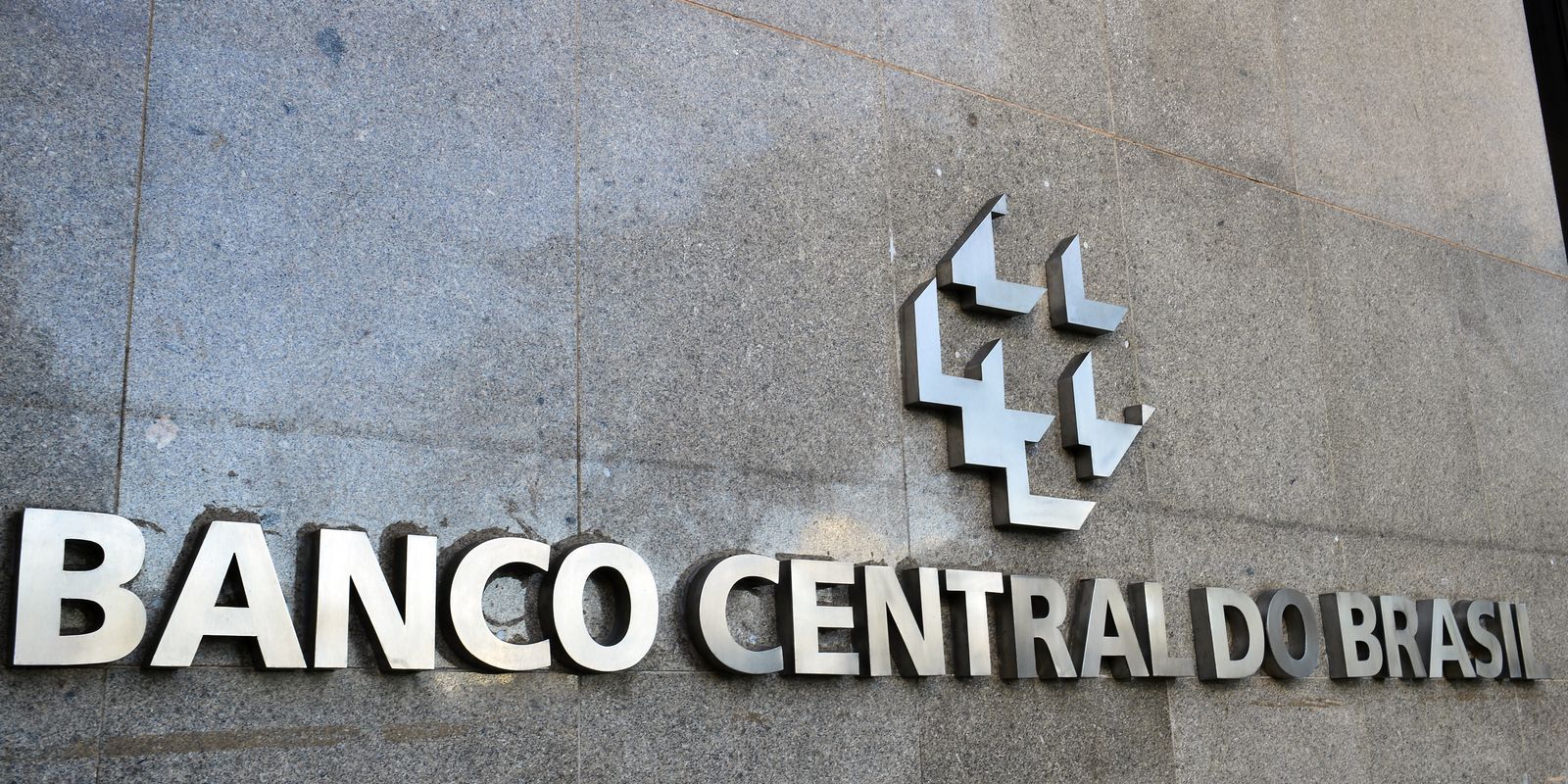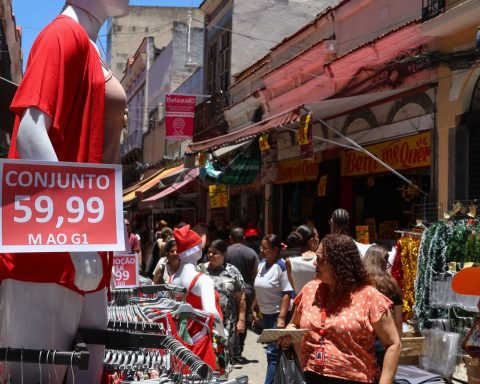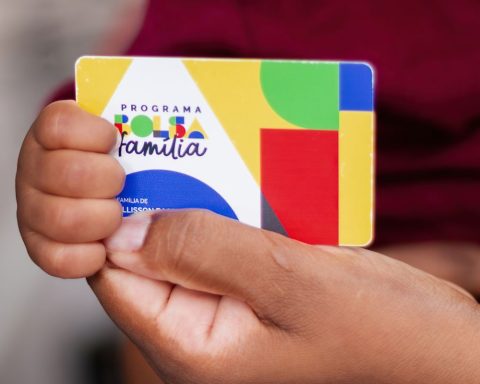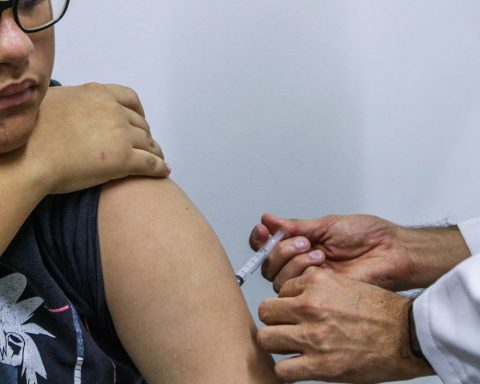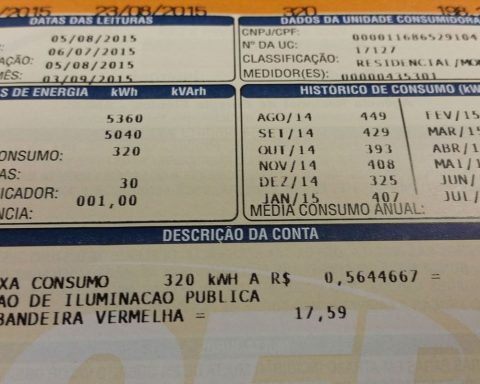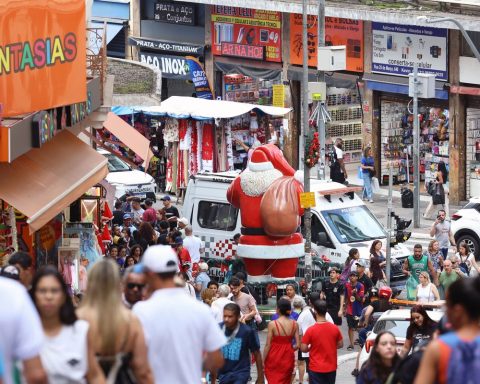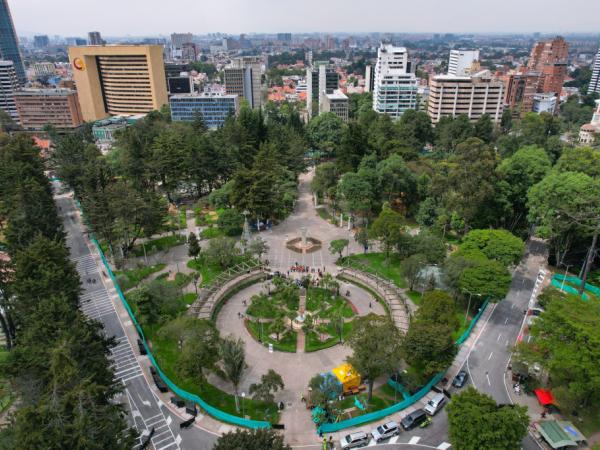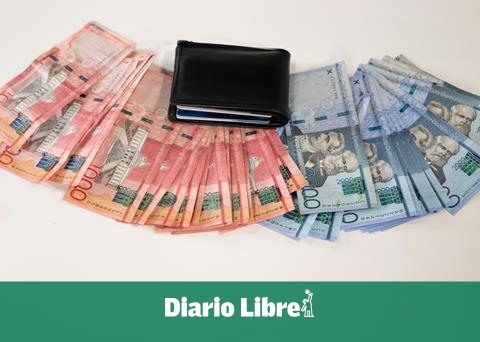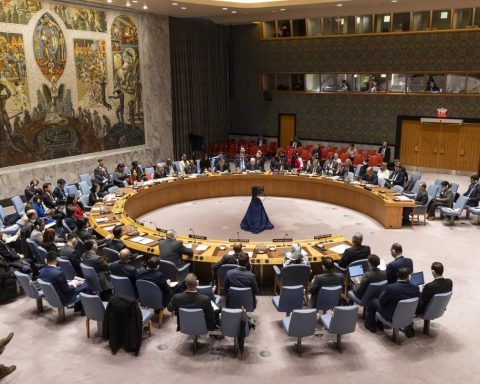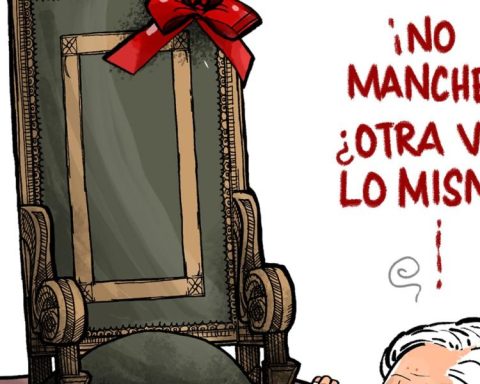The financial market forecast for the Broad National Consumer Price Index (IPCA) – considered the country’s official inflation – went from 4.84% to 4.89% this year. The estimate is in the Focus Bulletin this Monday (16), a survey released weekly by the Central Bank (BC) with the expectations of financial institutions for the main economic indicators.
For 2025, the inflation projection also rose from 4.59% to 4.6%. For 2026 and 2027, forecasts are 4% and 3.66%, respectively.
The estimate for 2024 is above the ceiling of the inflation target that must be pursued by the BC. Defined by the National Monetary Council (CMN), the target is 3% for this year, with a tolerance range of 1.5 percentage points up or down. In other words, the lower limit is 1.5% and the upper limit is 4.5%.
From 2025 onwards, the continuous goal system and, thus, the CMN will no longer need to define an inflation target each year. The board set the center of the continuous target at 3%, with a tolerance margin of 1.5 percentage points up or down.
In November, driven mainly by spending on food, the inflation in the country was 0.39%after the IPCA registered 0.56% in October. According to the Brazilian Institute of Geography and Statistics (IBGE), in 12 months inflation accumulates 4.87%.
Basic interest
To achieve the inflation target, the Central Bank uses as its main instrument the basic interest rate, the Selicdefined at 12.25% per year by the Monetary Policy Committee (Copom).
The recent rise in the dollar and the uncertainties surrounding inflation and the global economy made the BC increase the pace of interest rate hikes at the last meeting of the year, last Wednesday (11). The body informed that it will raise the Selic rate by one percentage point in the next two meetings, in January and March, if the scenarios are confirmed.
This was the third consecutive increase in the Selic and the increase consolidates a cycle of contraction in monetary policy. The rate returned to the level of December last year, when it was 12.25% per year.
After spending a year at 13.75% per year – between August 2022 and August 2023 – the rate had six cuts of 0.5 points and a cut of 0.25 points between August of last year and May of this year. At the June and July meetings, the Copom decided to maintain the rate at 10.5% per year, starting to increase the Selic at the September meeting, when the rate rose 0.25 points, and November, when it rose 0.5 points.
By the end of 2025, the estimate is that the basic rate will rise to 14% per year. For 2026 and 2027, the forecast is that it will be reduced to 11.25% per year and 10% per year, respectively.
When the Copom increases the basic interest rate, the purpose is to contain heated demand, and this has an impact on prices because higher interest rates make credit more expensive and encourage savings. But, in addition to the Selic, banks consider other factors when defining the interest charged to consumers, such as risk of default, profit and administrative expenses. Therefore, higher rates can also make it difficult for the economy to expand.
When the Selic rate is reduced, the tendency is for credit to become cheaper, encouraging production and consumption, reducing control over inflation and stimulating economic activity.
GDP and exchange rate
The projection of financial institutions for the growth of the Brazilian economy this year went from 3.39% to 3.42%. In the third quarter of the year, the Gross Domestic Product (GDP – the sum of goods and services produced in the country) rose 0.9% compared to the second quarter. According to IBGE, the accumulated increase in the year, from January to September, is 3.3%.
For 2025, GDP is expected to grow by 2.01%. For 2026 and 2027, the financial market estimates GDP expansion also at 2% for both years.
In 2023, exceeding projections, the Brazilian economy grew 3.2%. In 2022, the growth rate had been 3%.
The dollar exchange rate forecast is R$5.99 for the end of this year. At the end of 2025, it is estimated that the North American currency will be R$5.85.
